Dive into the rich culinary heritage of Italy with our comprehensive guide to Italian lasagna. From traditional recipes handed down through generations to innovative twists on this beloved classic, explore the endless possibilities of lasagna. Join us as we embark on a journey through layers of flavor, texture, and tradition.
Table of Contents
ToggleItalian Lasagna
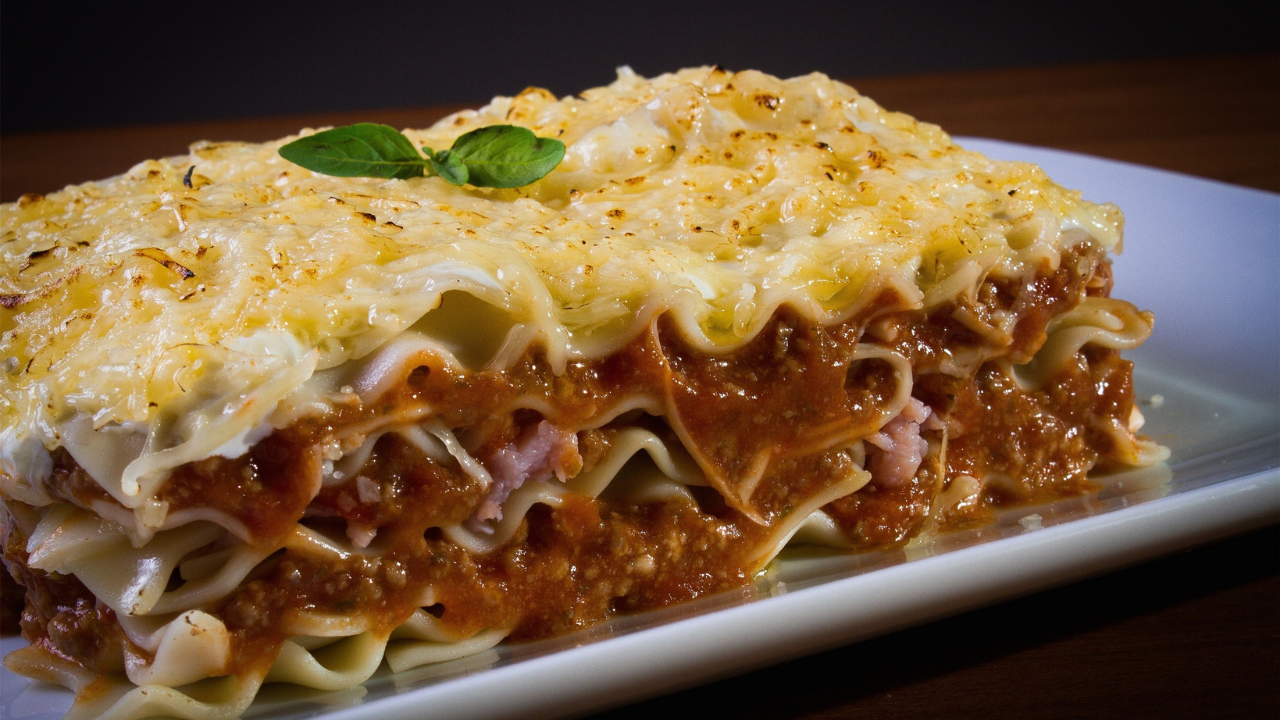
Lasagna, known as “lasagne” in Italian, is a timeless pasta dish consisting of wide, flat sheets, possibly one of the oldest pasta types. It’s composed of layers stacked with fillings like ragu, béchamel sauce, vegetables, and cheeses, such as ricotta, mozzarella, and Parmesan. Topped with grated cheese, it’s baked in the oven until golden and cut into single-serving portions, offering a delightful blend of flavors and textures.
How To Pronounce Italian Lasagna In Italian
In Italian, the dish known as lasagna is pronounced lah-SAHN-yeh. Interestingly, “lasagna” refers to a single sheet of flat lasagna pasta in Italian, while the entire tray of the dish is called “lasagne,” which is the plural form of lasagna.
Italian Lasagna Recipe
Lasagna reigns as the ultimate comfort food, and after experimenting with countless recipes, this rendition stands out as the epitome of perfection. So beloved is this dish that we’ve transformed it into delectable Lasagna Roll Ups. Bursting with flavor yet remarkably simple to prepare, it offers a culinary delight customizable to your taste preferences.
In our household, lasagna holds a revered place on hectic school nights, thanks to its impeccable ability to retain freshness when reheated or frozen. Its convenience extends to packed lunches, as I often include a portion in my son’s thermos, returning home empty each time, a testament to its irresistible allure.
The three main components of Italian lasagne are
- Lasagna pasta (usually egg noodles)
- Sauce
- Cheese
Ingredients
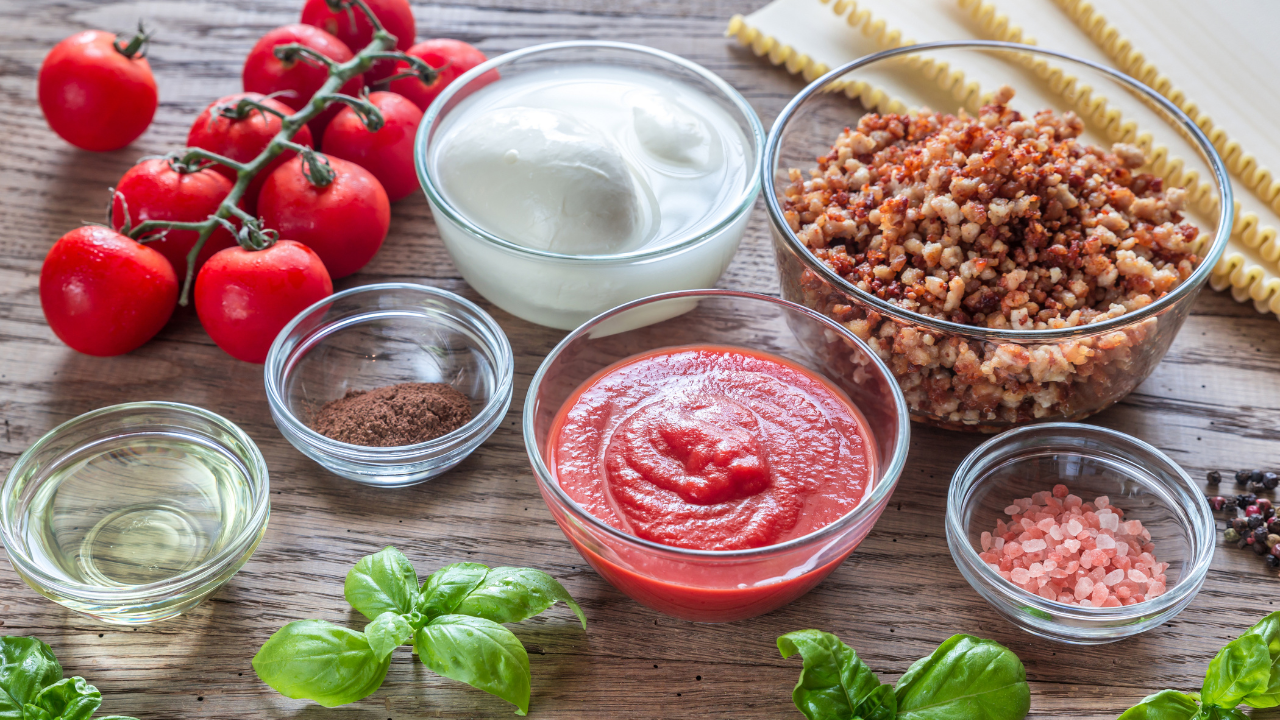
This 3-cheese lasagna is the ultimate comfort food and the ingredients are refrigerator and pantry staples.
Ground beef: Opt for 80/20 beef for a juicier texture in your lasagna.
Onion: Yellow or sweet onion adds depth of flavor.
Garlic cloves: Adjust according to your preference for garlic.
Red wine (or beef broth): Enhances the sauce’s richness (avoid cooking wine).
Marinara sauce: Choose between homemade or store-bought options.
Dried thyme: Substitute with Italian seasoning, basil, or oregano.
Sugar: Balances the tomatoes’ acidity.
Parsley: Flat-leaf or curly parsley both work well.
Lasagna noodles: Cook until al dente as they’ll continue softening during baking.
Cottage cheese: Adds texture and moisture.
Ricotta cheese: Opt for low-fat or part-skim ricotta.
Mozzarella cheese: Classic choice for a cheesy topping.
Egg: Aids in binding the cheese layer together.
How to Make Italian Lasagna
For advanced preparation, you can make the meat sauce a day or two ahead. However, this recipe is straightforward enough to prepare all at once, even for a quick weeknight dinner.
Instructions:
1. Brown the beef: Heat oil in a deep pan, sauté onion and beef until browned (about 5 minutes), then add garlic and sauté for another minute.
2. Complete the sauce: Deglaze the pan with 1/4 cup of wine, simmer until almost evaporated. Stir in marinara, salt, pepper, thyme, sugar, and parsley. Simmer covered for 5 minutes.
3. Prepare the cheese filling: Combine all cheese ingredients and 1 cup of mozzarella in a mixing bowl (reserve the rest).
4. Prep: Preheat oven to 375ºF, cook lasagna noodles until al dente.
5. Assembly: Spread 1/2 cup of meat sauce in a 9×13-inch casserole dish. Layer with 3 noodles, 1/3 of meat sauce, 1 cup mozzarella, and half of the ricotta mixture. Repeat, then add remaining meat sauce and mozzarella on the top layer.
6. Bake: covered for 45 minutes at 375˚F, then uncover and broil for 3 to 5 minutes until lightly browned.
7. Rest: Allow lasagna to rest for about 30 minutes before serving.
Italian Lasagna types
There are numerous types of Italian lasagna, each with its own regional variations and unique ingredients. Some popular types include:
Lasagne Alla Bolognese
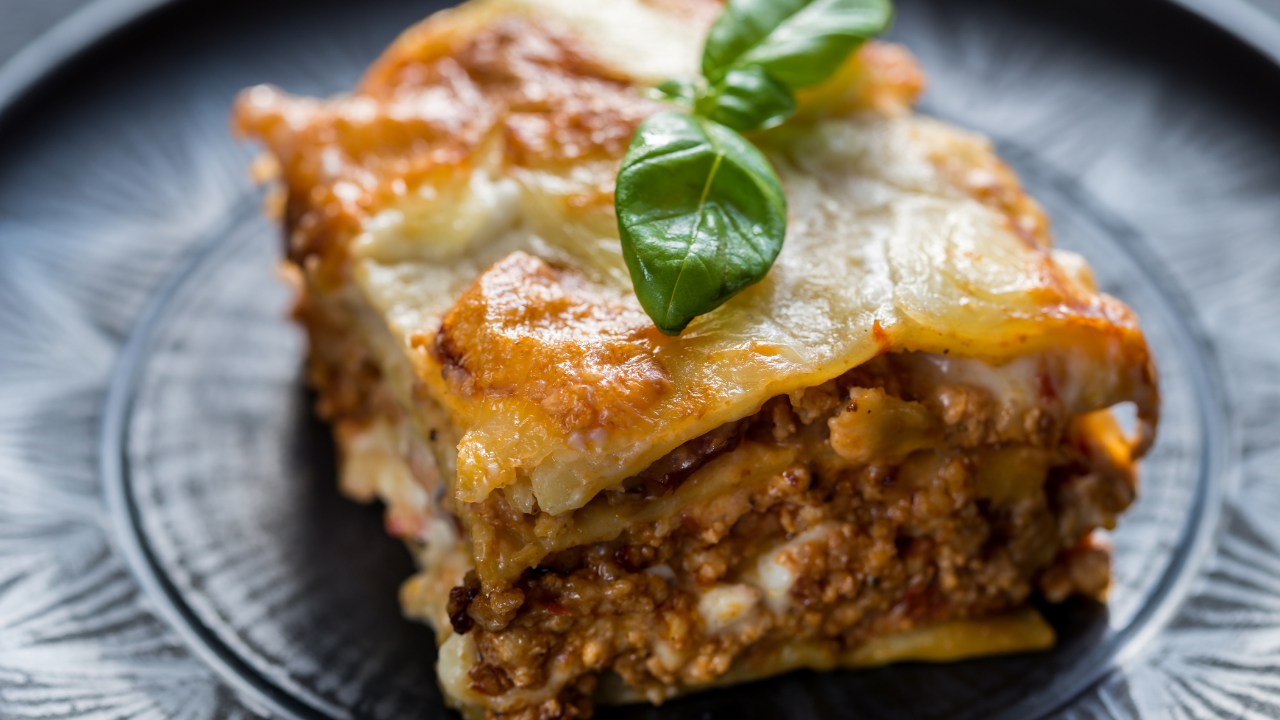
Where to Enjoy It: Bologna (Emilia Romagna)
(Pronounced lah-sahn-yeh ahl-lah boh-lohn-yeh-seh in Italian)
Lasagne alla Bolognese stands as one of the most celebrated and renowned variations of lasagna worldwide. Originating from Bologna, this robust rendition features luscious egg pasta sheets layered with a velvety béchamel sauce and a hearty meat ragù. True to its authentic form, lasagne alla Bolognese forgoes the addition of mozzarella or ricotta.
A generous topping of Parmigiano Reggiano, revered as the most flavorful and decadent among aged Italian cheeses, crowns the lasagna, imparting a crispy, savory crust.
Like all lasagnas, this dish undergoes baking until it achieves a gooey, melded consistency, offering a sumptuous and satisfying piatto unico, or standalone meal, often accompanied by a side salad.
While the pinnacle rendition of lasagne alla Bolognese is found in Bologna, excellence permeates throughout the entire Emilia Romagna region. Opting for esteemed restaurants over casual eateries ensures a freshly prepared dish, avoiding reheated versions often served in tavole calde establishments.
Lasagne Alla Ferrarese
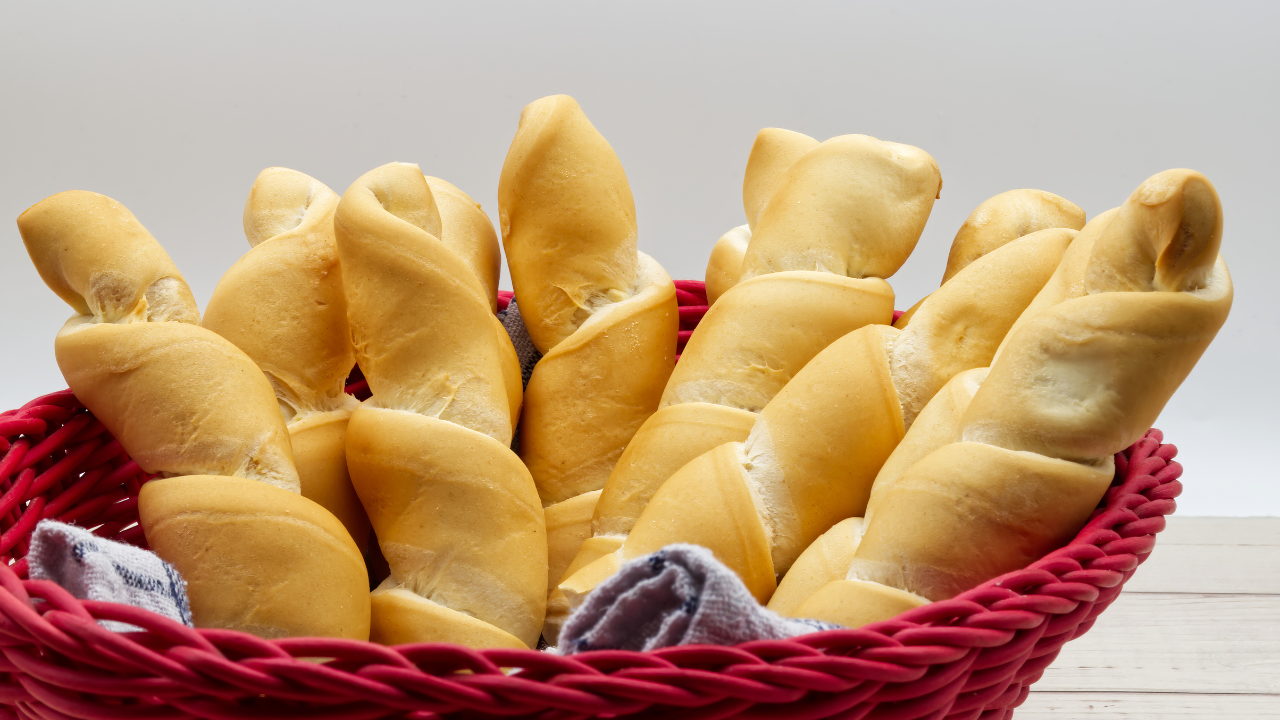
Where to Savor It: Ferrara (Emilia Romagna)
(Pronounced lah-sahn-yeh ahl-lah fehr-rahr-eh-seh in Italian)
Lasagne alla Ferrarese, though not as widely recognized as other varieties of lasagna, holds a cherished place in Italian cuisine, typically enjoyed during festive occasions and celebrations in Ferrara.
This particular rendition of lasagna remains distinctly regional, primarily found within the Emilia Romagna region.
Prepared akin to lasagne alla Bolognese, Lasagne alla Ferrarese distinguishes itself with a unique meat ragù and layers of fresh spinach and egg pasta. The sumptuous meat sauce boasts a rich medley of pancetta, pork, beef, prosciutto crudo, and chicken livers, resulting in a hearty flavor profile.
The fresh spinach pasta sheets are then interlaced with béchamel sauce and the savory meat ragù, culminating in a bubbling and irresistibly piping-hot dish.
Lasagne Al Radicchio

(Pronounced lah-sahn-yeh ahl rah-deek-keeoh in Italian)
Exploring the winter cuisine of Northern Italy, particularly its vibrant radicchio food scene, is a quintessential experience for any lover of Italian cuisine.
The Northern regions cultivate a diverse range of radicchio varieties, integral to a plethora of regional dishes, including lasagna. Lasagne featuring radicchio and sausage serves as the overarching category for these flavorful creations.
While many Italians, including my family, incorporate sausage into the sautéed radicchio, others opt for ingredients like leeks, locally sourced speck, walnuts, and garlic.
Radicchio di Treviso, distinguished by its elongated shape, stands out as the traditional choice for this lasagna.
In crafting radicchio lasagna, it’s customary to include regional cheeses such as taleggio. However, scamorza cheese, gorgonzola, or fontina are also popular alternatives, their richness complementing the buttery radicchio and enhancing the overall dish.
Although my family resides in Tuscany, we procure quality radicchio from Northern Italy. When preparing this dish at home, adhering to seasonal produce and utilizing local radicchio varieties ensures optimal results.
A noteworthy tip: The regional name for this lasagna variant varies depending on the locality.
Lasagne Alla Napoletana

Where to Enjoy It: Naples (Campania)
(Pronounced lah-sahn-yah ahl-lah nah-poh-lee-tah-nah in Italian)
Lasagne alla Napoletana, also known as lasagne di Carnevale, may not suit everyone’s taste buds, but it epitomizes the essence of Naples like no other.
This sumptuous lasagna features layers of lasagne sheets adorned with fresh ricotta, the region’s signature meat ragù, miniature meatballs, and hard-boiled eggs. It may sound unconventional, but trust me, it’s delicious!
Originally crafted as a special indulgence during Carnival celebrations, this lasagna variant was a luxury for locals who typically couldn’t afford such opulence. Some variations include the addition of mozzarella and local sausages.
If you find yourself in Naples during the winter months, be on the lookout for this tantalizing dish. I recommend savoring it during the colder season, as its richness can be quite filling, especially in the heat of summer.
Lasagna Vincisgrassi

Where to Indulge: Le Marche
(Pronounced veen-chee-grahs-see in Italian)
Lasagna vincisgrassi holds the title of Le Marche’s most renowned culinary delight, adored by Italians nationwide. Despite its widespread acclaim, it remains firmly rooted in the region, ensuring a unique gastronomic experience exclusive to Le Marche.
Vincisgrassi follows the traditional method of layered lasagne, featuring béchamel sauce, but distinguishes itself with a meat ragù crafted from chicken giblets. Depending on the season, locals may enrich the dish further by incorporating wild game, with duck being a favored addition for a heightened, earthy flavor.
Even when exploring Le Marche with children, don’t hesitate to savor this dish. By keeping certain ingredients discreet, they’ll relish it without ever suspecting the presence of chicken giblets.
Lasagne Alla Genovese

Where to Savor It: Genova (Liguria)
(Pronounced lah-sahn-yeh ahl-lah geh-noh-veh-seh in Italian)
If you’re a fan of pesto, prepare to be enchanted by lasagne alla genovese, also known as lasagne al pesto e patate (with pesto and potatoes).
Initially, the notion of adding potatoes to pasta seemed excessive in terms of carbs, but the Genoese knew precisely what they were doing.
Liguria, particularly its capital Genova, is renowned for its pesto. While many tourists opt for trofie al pesto (homemade pasta with pesto), I believe this Italian lasagna steals the spotlight. It’s also one of the most distinctive types of lasagna you can replicate at home.
The addition of potatoes introduces a creamy dimension that, when combined with the rich béchamel, results in pure indulgence. Fresh pasta layers are interleaved with thinly sliced cooked potatoes, white sauce, locally crafted pesto, and Parmesan cheese, then baked to perfection until golden and crisp.
Lasagne Con Melanzane E Ricotta
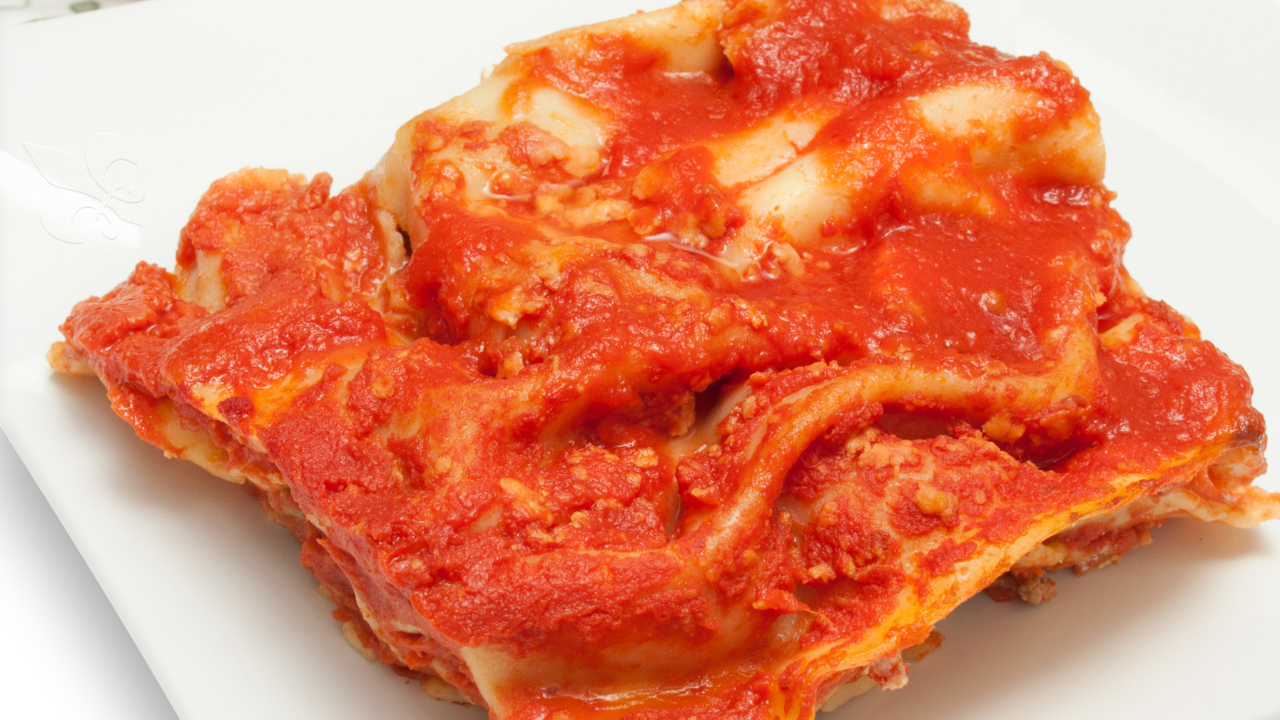
Where to Enjoy It: Sicily
(Pronounced lah-sahn-yeh cohn meh-lahn-zah-neh eh ree-coht-tah in Italian)
Sicily is renowned for its love affair with eggplant, and their take on lasagna is a prime example. This eggplant and ricotta lasagne features thinly sliced eggplants layered with a mixture of ricotta cheese and pine nuts, showcasing the influence of Arabic culinary traditions.
The most exquisite renditions typically involve frying the eggplant, although some opt for broiling. Personally, I appreciate both methods, but the fried version boasts a notably richer and more flavorful profile.
Additionally, some incorporate a tomato sauce between the layers, a variation I also enjoy implementing.
Lasagne Ai Semi Di Papavero
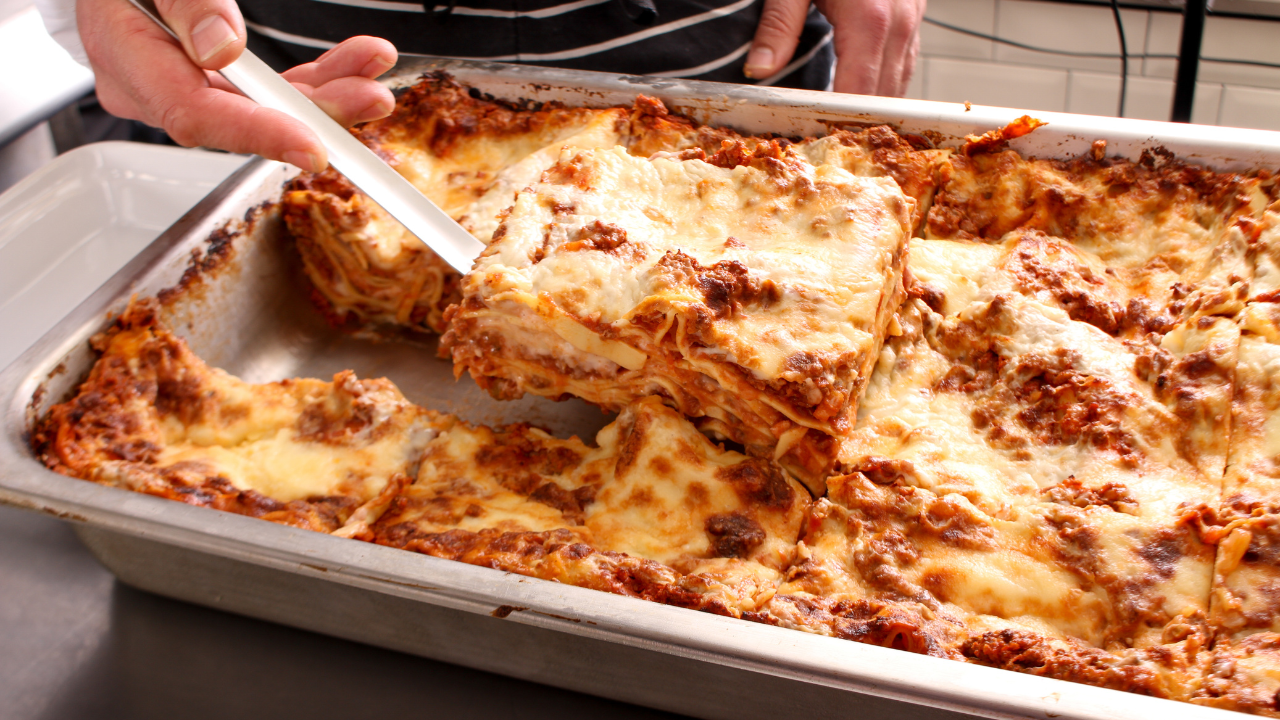
Where to Sample It: Friuli-Venezia Giulia
(Pronounced lah-sahn-yeh ahy seh-mee dee pah-pah-veh-roh in Italian)
Lasagne ai semi di papavero stands out as perhaps the most unconventional among the various types of lasagna found in Italy. And what sets it apart? It’s sweet!
This unique dish features fresh pasta sheets layered with a sweet blend of poppy seeds, butter, and sugar.
While traditionally sweet, it’s not uncommon to encounter savory variations as well, incorporating ingredients such as prosciutto crudo, leeks, and/or gorgonzola cheese.
Personally, I haven’t had the opportunity to try this dish, so I can’t provide firsthand insight. I recall encountering it once on a menu during my visit to Friuli, but I wasn’t adventurous enough to give it a try. Consequently, I’ve never attempted to prepare it at home either.
FAQs
How many variations of lasagna exist?
In Italy, there are generally considered to be eight primary types of lasagne, while in America, lasagna is often classified based on ingredients: meat, vegetarian, or cheese-based. However, in Italy, all versions typically include cheese and many incorporate some form of meat.
What defines lasagna in Italy?
Lasagna in Italy is a baked casserole dish comprising wide, flat pasta sheets, often handmade with eggs, layered with meat ragù, béchamel, cheese, and/or vegetables. The specific types of lasagna vary from region to region within Italy, with most recipes remaining local to their respective areas (for instance, lasagne alla Napoletana is unique to Campania).
Which Italian city is renowned for its lasagna?
Bologna in Emilia Romagna is widely celebrated as the top destination for lasagna, thanks to its association with the world-famous ragù alla bolognese, a sumptuous meat sauce distinguished by the addition of cream. Although Bologna is the birthplace of lasagna, exceptional renditions can be found throughout the entire region.
What are the essential components of lasagna?
Lasagna’s enduring popularity in Italy stems from its simplicity. While assembling it may involve multiple steps, the three main components of lasagna are the lasagna noodles, sauce, and cheese.

Meet Misha Mehboob, a passionate food enthusiast and computer science student from Sargodha University. Misha’s culinary journey is fueled by her love for exploring new flavors and experimenting in the kitchen.
At CrispyEatHub, Misha shares her creative recipes and practical cooking tips to inspire fellow food lovers on their culinary adventures. From quick weeknight dinners to indulgent desserts, there’s something delicious for every palate.
Join Misha as she combines her love for food and technology to create mouthwatering dishes that delight the senses and bring people together. Let CrispyEatHub be your go-to resource for culinary inspiration and delicious recipes that make every meal memorable.

